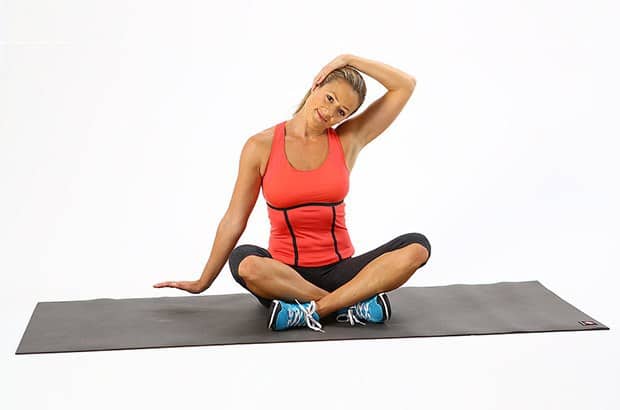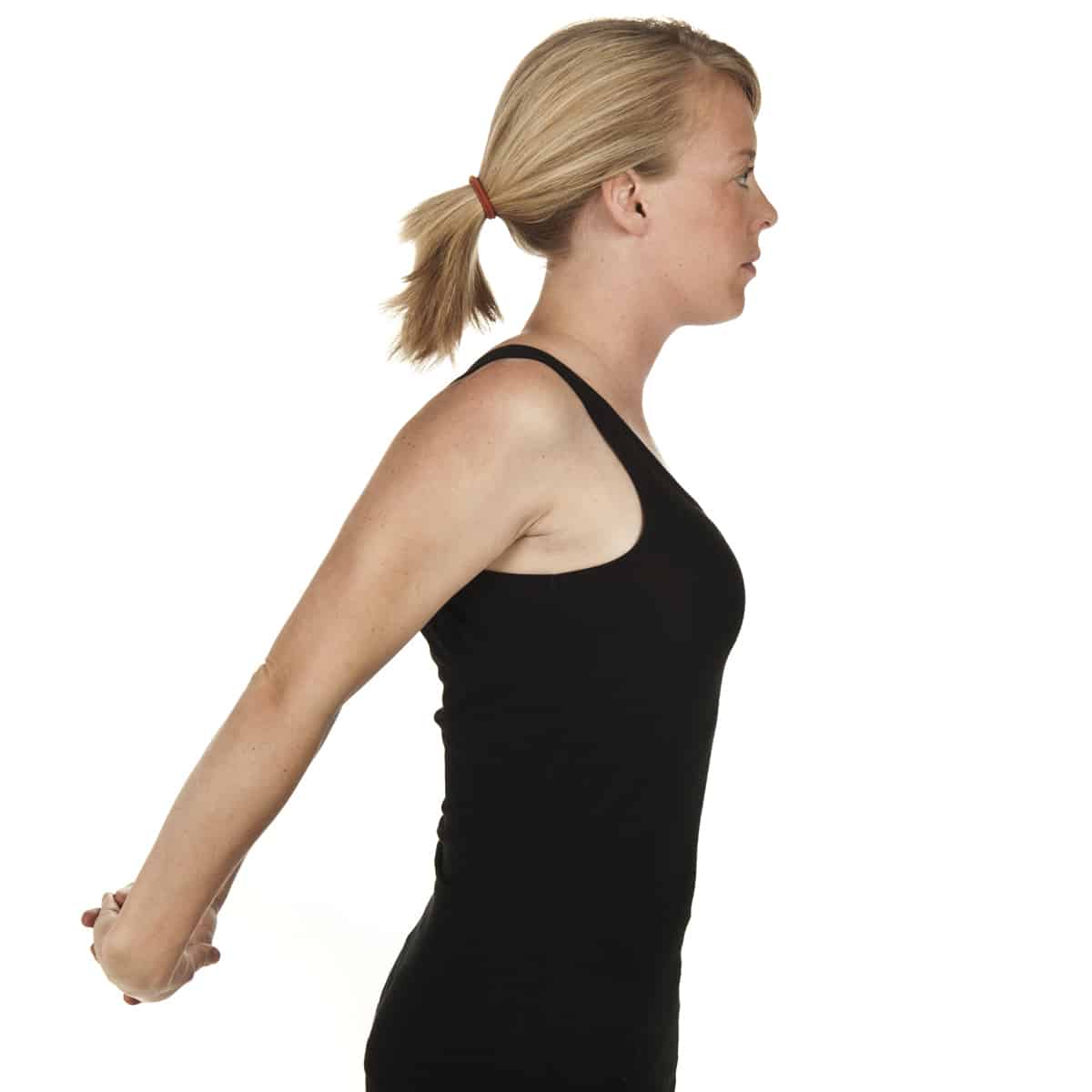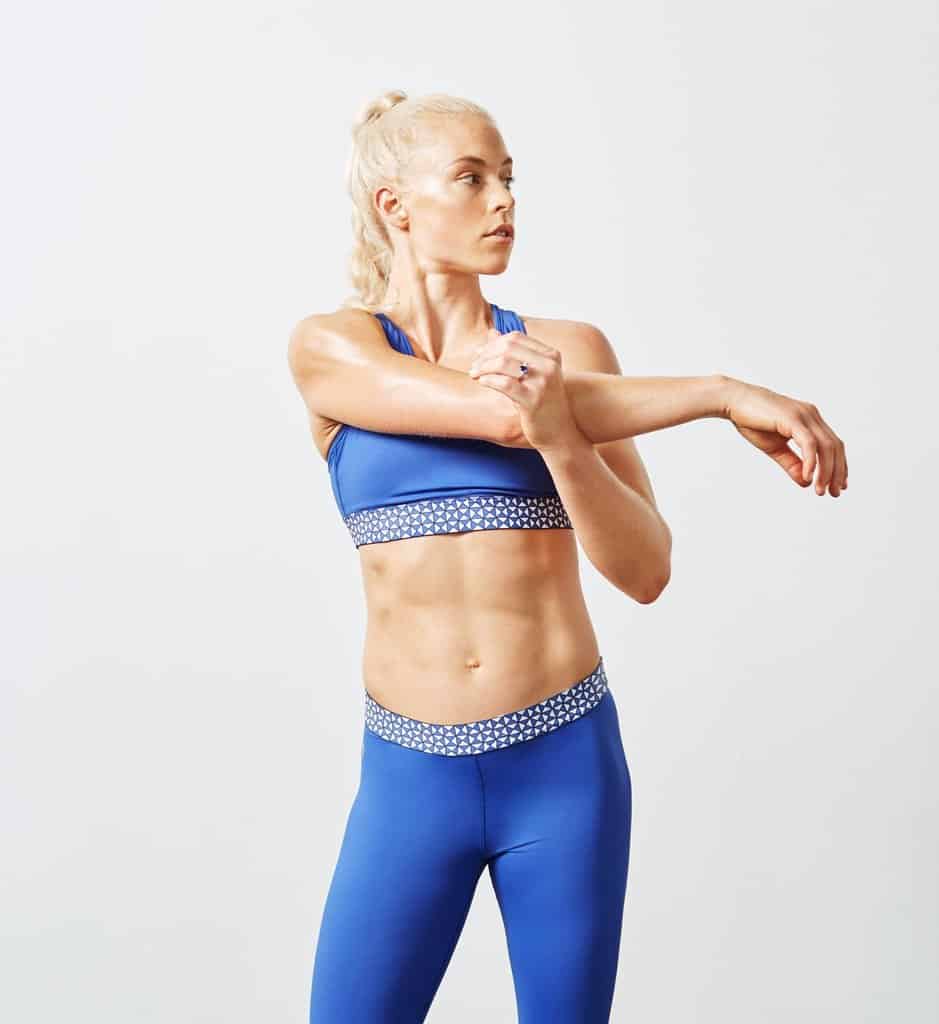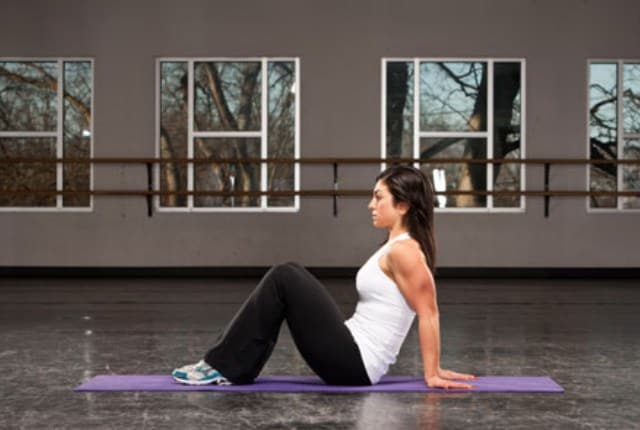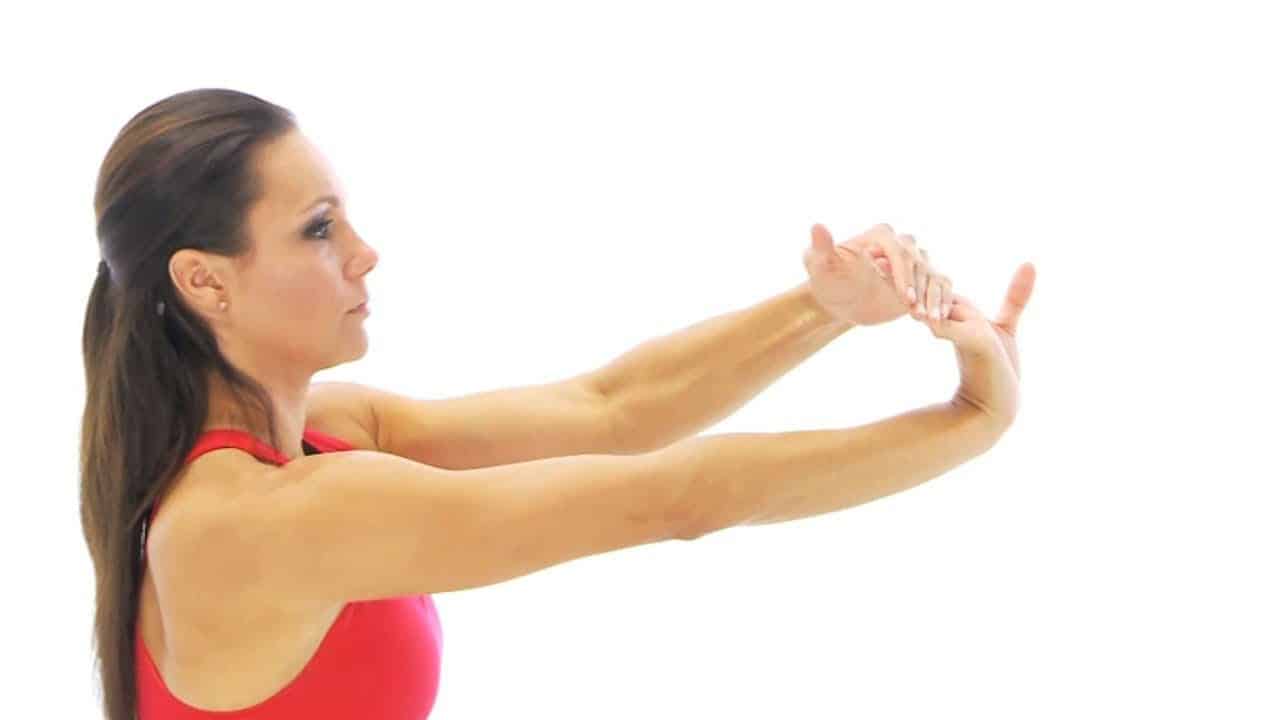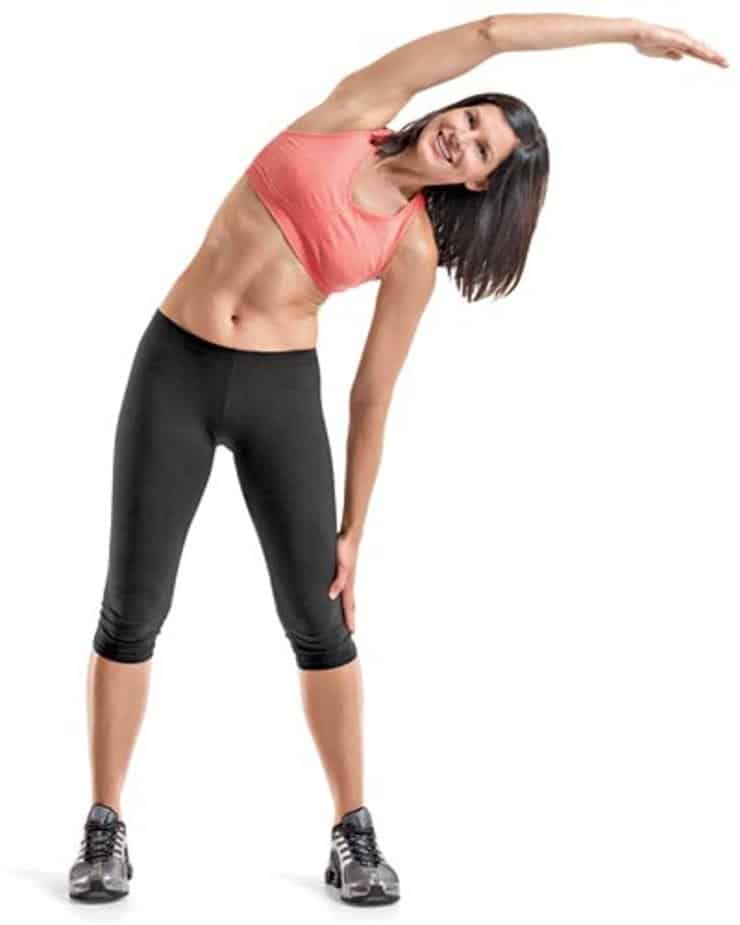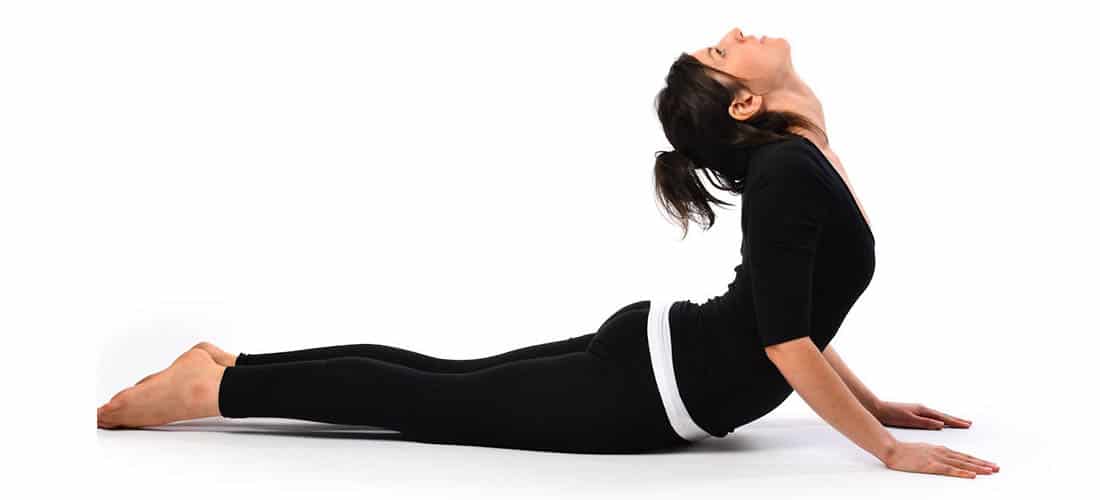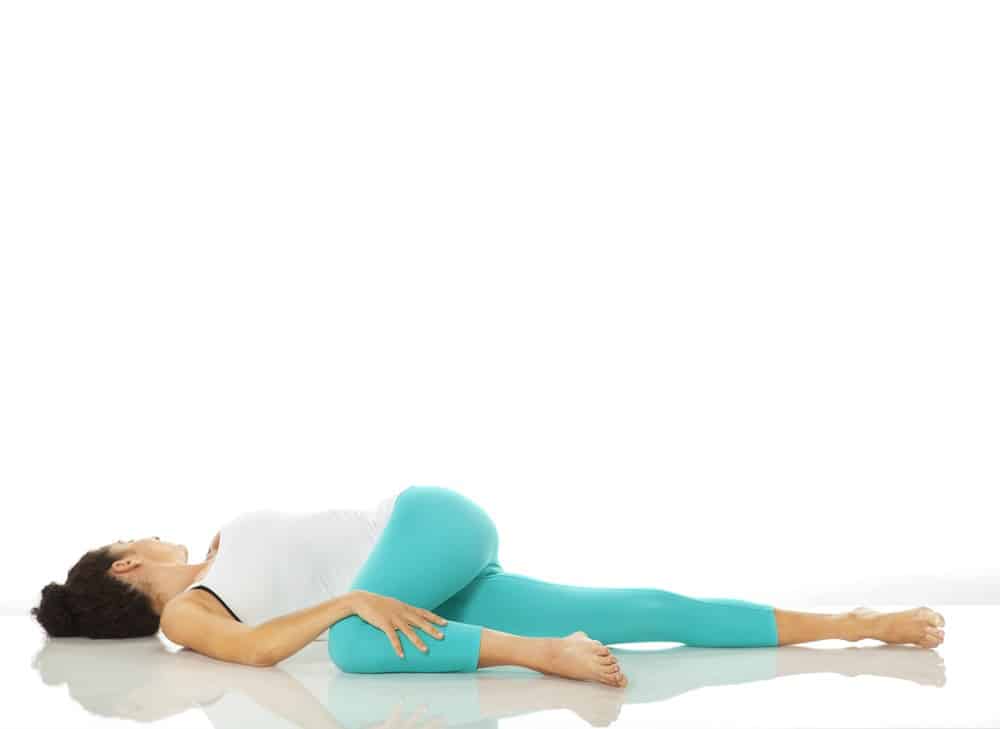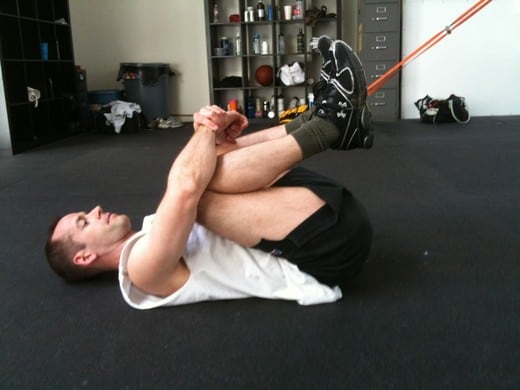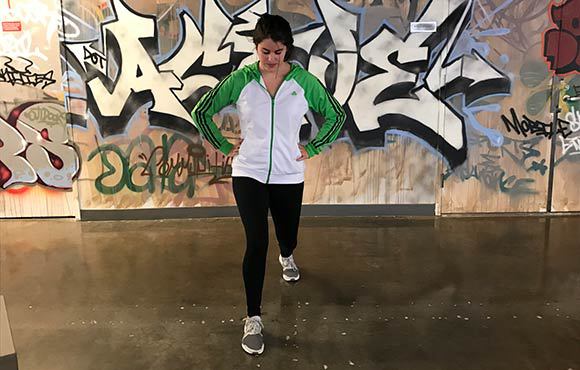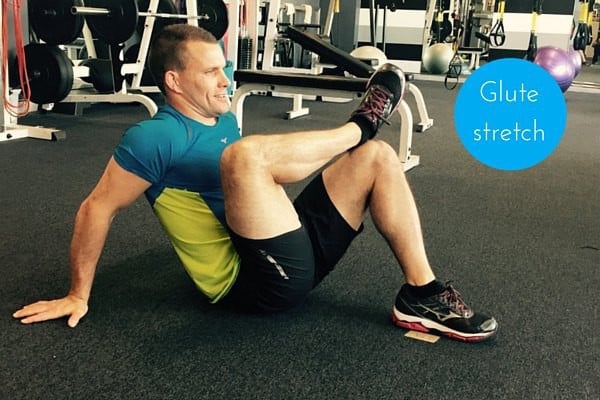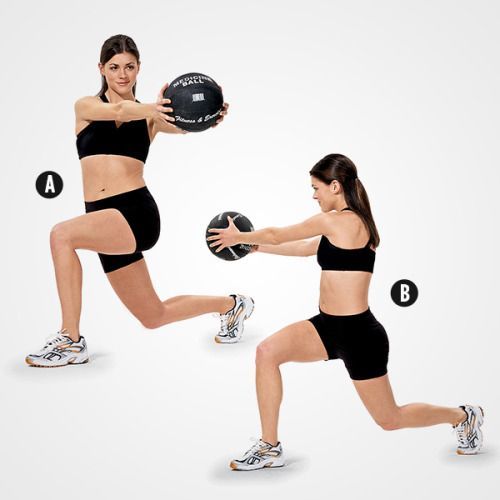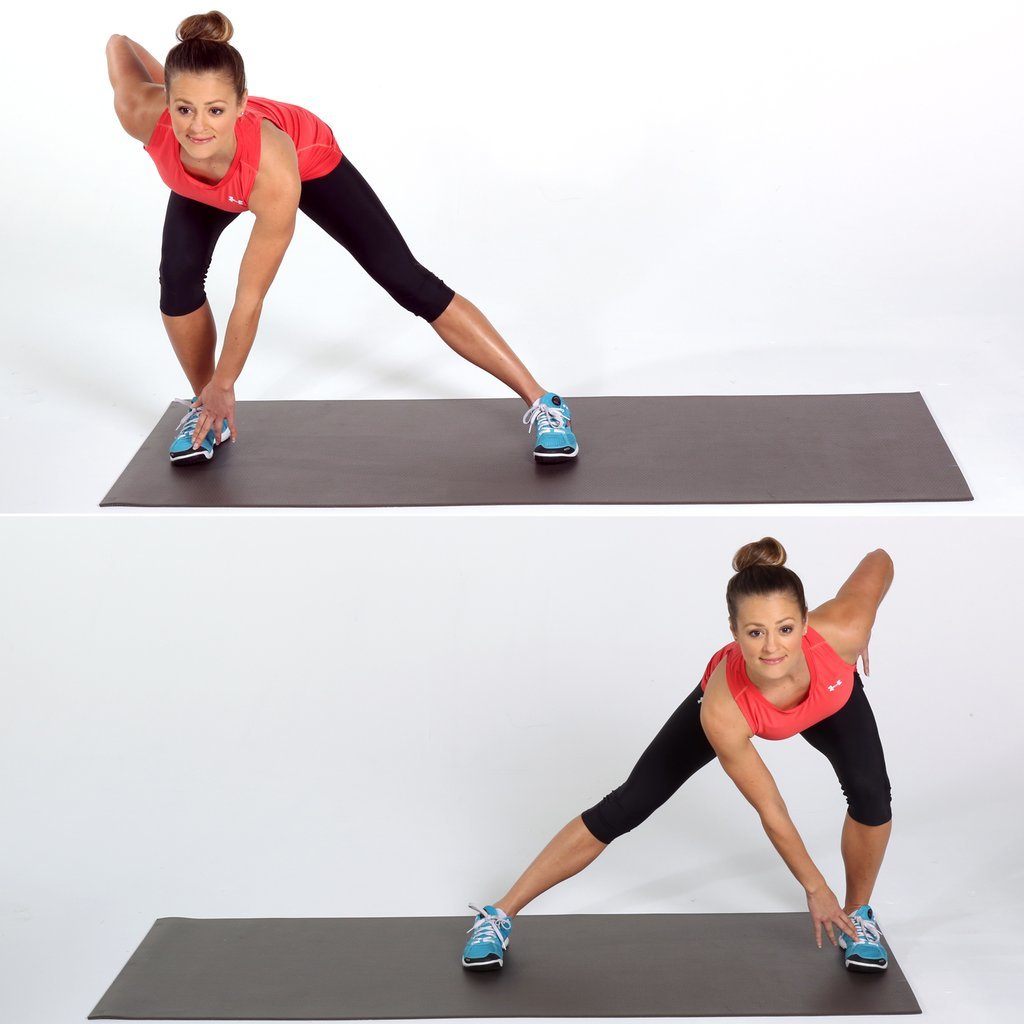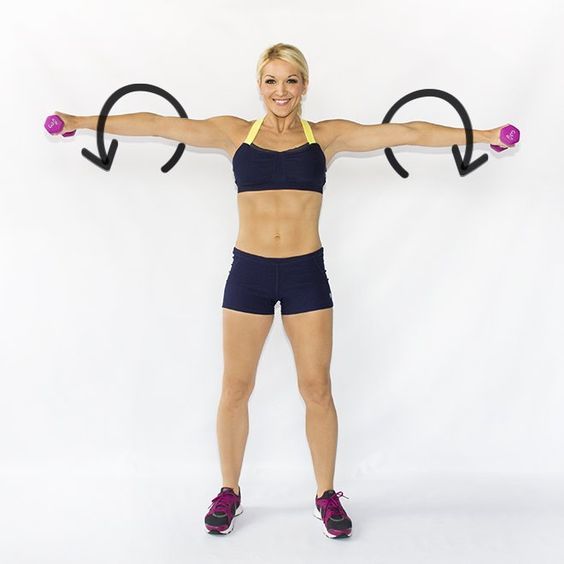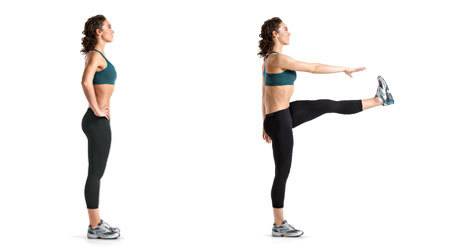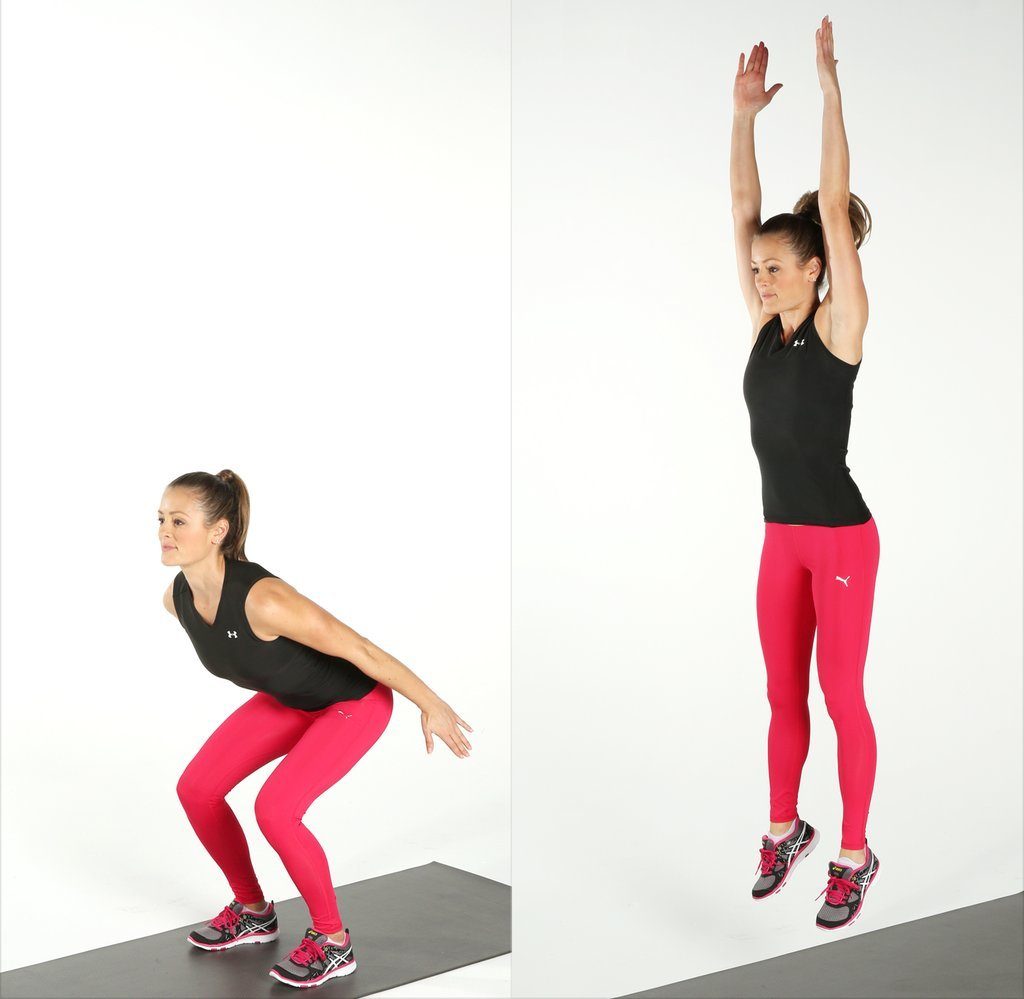In this article, we’ll be breaking down 10 in home lower body workouts anyone can try at home and their exercises. No gear needed for these workouts, just some space and a cup water waiting for your disposal.
There’re 3 main parts in this article:
If you’re familiar with the basic lower body exercises, just get into the first section 10 Lower Body Workouts That Can Be Done Anywhere right away.
If you want more guidance on the basics, check out the second section Lower Body Exercises Breakdown.
And the last section is about what you should do before and after working out.
1. 10 Lower Body Workouts That Can Be Done Anywhere
If you’re familiar with the basic lower body exercises, just read on this section.
If you’d like to have more guidance on each exercise listed in these 10 workouts, take a look at the following part Lower Body Exercises Breakdown.
1. The Starter Workout
3 sets of 8-12 reps of:
Squat
Single Leg Deadlift
Glute Bridge
(30 sec to 2 min rest in between each set)
2. The 7 Minute Workout
3 rounds of 30 seconds of each exercise:
Walking Lunges
Quarter Squat
Step Up
Single Leg Deadlift
(1 min rest in between each round)
3. The Unilateral Workout
4 sets of 16 reps of:
Reverse Lunges
Single Leg Deadlift
Skater Squat
Single Leg Glute Bridge
(30 sec to 1 min rest in between each set)
4. The Endurance Workout
2 sets of 20-50 reps of:
Squat
Walking Lunge
Single Leg Deadlift
Glute Bridge
(1-2 min rest in between each set)
5. The Back To Back Lower Body Workout
5 rounds of 10 to 20 seconds of each exercise:
Skater Squat
Step Up
Single Leg Deadlift
Single Leg Glute Bridge
Quarter Squat
(30 min rest in between each round)
6. Strength Lower Body Workout
5 to 10 sets of 4 reps of:
Walking Lunge
Single Leg Deadlift
Squat
(30 sec to 2 mins of rest time in between set)
7. Glute Burner Workout
4 sets of 10-30 reps of:
Walking Lunge
Single Leg Deadlift
Single Leg Glute Bridge
Quarter Squat
(1 min of rest time in between set)
8. The Advance Lower Body Workout
3 rounds of 20 seconds of:
Squat
Walking Lunge
Skater Squat
Reverse Lunge
Glute Bridge
Single Leg Deadlift
(2 mins of rest time in between set)
9. The Quick Lower Body Workout
2 sets of 10 reps of:
Reverse Lunge
Step Up
Single Leg Deadlift
10. The 100 Repetition Challenge
2 sets of 50 reps on each leg of:
Walking Lunge
Single Leg Deadlift
(4 mins of rest time in between set)
2. Lower Body Exercises Breakdown
Here’s the breakdown of the lower body exercises that you found in the workouts listed in the first section of this article.
1. Squat
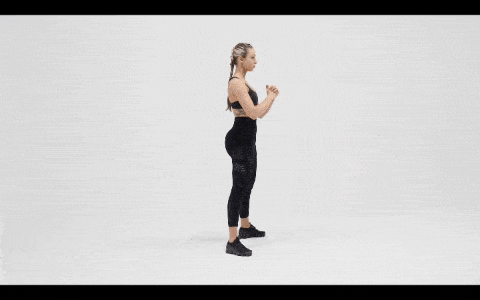
Life Hack
A squat is a compound movement which entails the recruitment of a majority of your lower body (quadriceps, hamstrings, gluteal muscles, spinal erectors).
How to squat:
Feet shoulder width apart or a little wider. Toes pointed slightly out, arms out in front of you. Sit into your heels till you hit parallel with your butt and knee, drive through the heels, return to starting position and repeat.
2. Walking Lunges
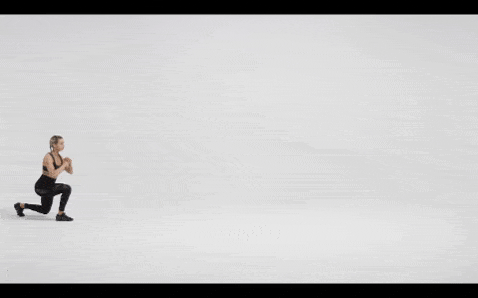
Life Hack
A lunge is a complex movement which recruits mainly the lower body.
The walking lunges are a harder version of a split squat which is stationary and then adds the component of stepping and keeping balance which engages the gluteus medius as well as allowing a larger range of motion.
3. Reverse Lunge
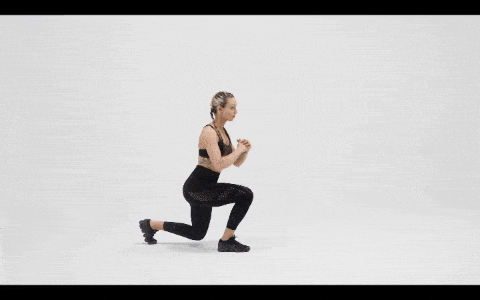
Life Hack
A reverse lunge is very similar to the split squat but instead, after every rep, you are returning to the starting position and stepping back.
By reverse stepping, you are allowing for a better emphasis on the hamstrings and gluteal muscles as opposed to the quadriceps muscles in a forward stepping lunge.
4. Quarter Squat
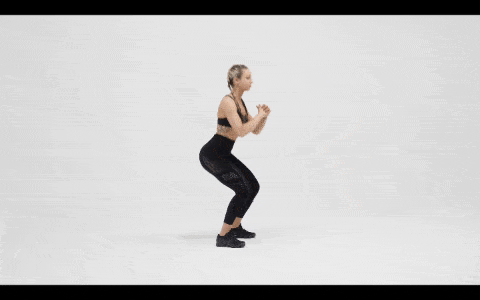
Life Hack
A quarter squat is the top ¼ movement of a squat. This will work mainly the gluteal muscles as it emphasizes the hip extension and not a lot of range of motion on the quadriceps muscles.
5. Skater Squat
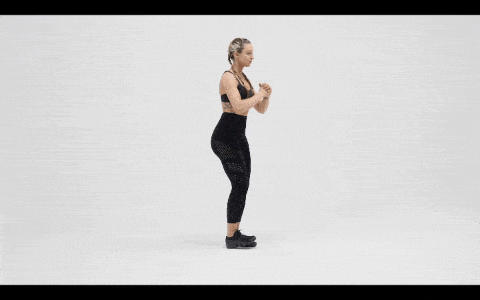
Life Hack
A skater squat is a unilateral variation of the squat, this squat really engages the gluteus medius and hamstrings as it works unilateral stability and hip flexion which fires both the hamstrings and glutes.
6. Step Up
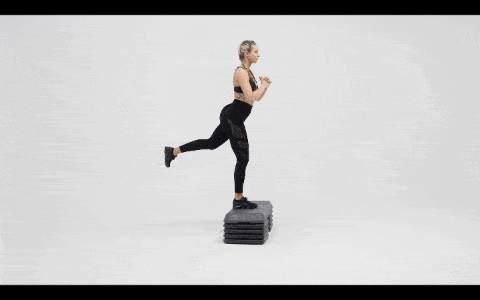
Life Hack
The Step Up is the greatest balance of getting the glutes and quadriceps muscles firing. Doing Step Ups will not only get the glutes going, but the quadriceps as well.
7. Glute Bridge
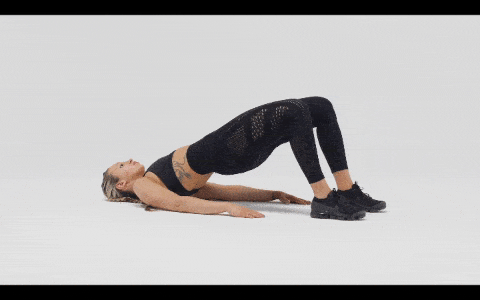
Life Hack
Glute Bridges are a great way to nearly isolate the glutes and build a great butt. This entire movement works through hip extension which the main movement of the gluteal muscles.
8. Single Leg Glute Bridge
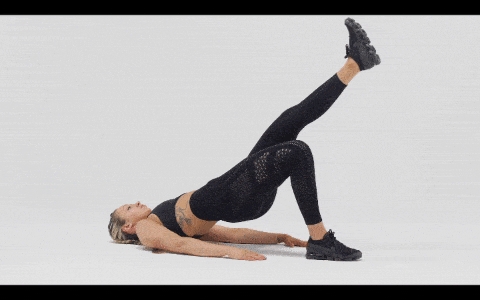
Life Hack
Single leg glute bridge ensures that we are evenly building the glutes and not relying too heavily on our dominant leg and symmetrical butt. The step up can be done in a chair or a step in the stairs
9. Single Leg Deadlift
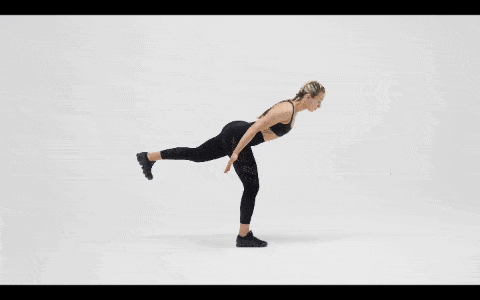
Life Hack
Single Leg RDL’s engage that entire booty and hamstrings, especially the gluteus medius due to its unilateral stability property. This is a great way to spice up some routine deadlifts.
3. Before & After Working Out
Before engaging in any physical activity, consult a doctor if you have not worked out in years. However, if you want to go at it without consulting a doctor, start slow and build your way up. Even though it’s home workout, use dynamic stretching or some light jogging as a warm up before starting the lower body workouts.
Finally, at the end of the lower body workout, use static stretching to reduce injuries and to calm down your heart rate gradually.
Related:Tabata 4 Minute body weight workout
Like & Share...

